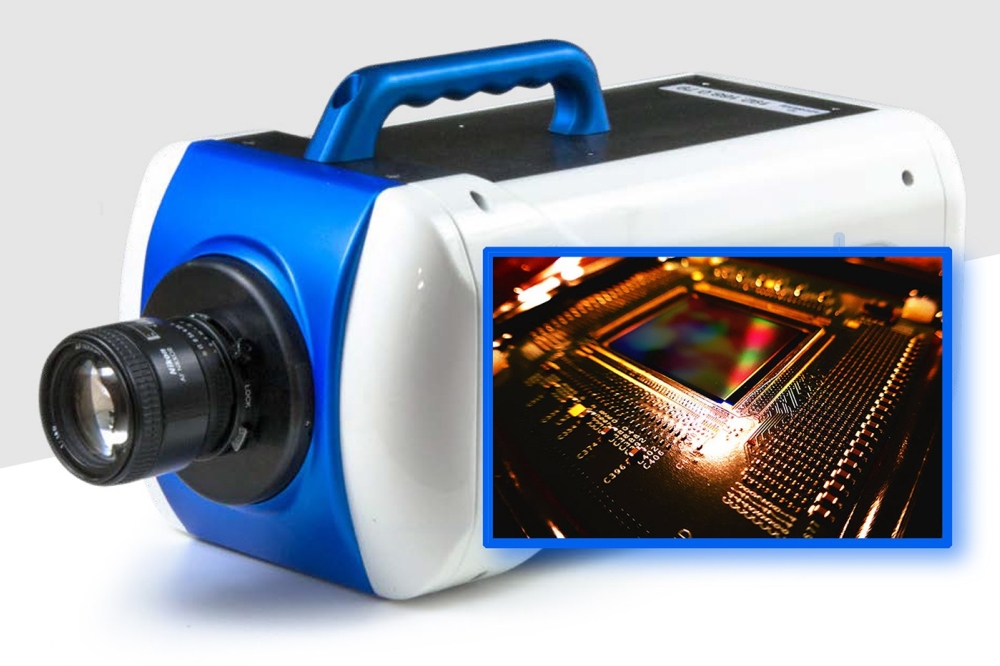Advanced CMOS design sets 'new benchmark' in ultra-fast sensors

SI Sensors design novel CMOS image sensors for ultra-fast cameras that increase the velocity of the signal electrons allowing them to be swept out of the photodiode and be detected much faster.
Developing ultra-high-speed CMOS image sensors is difficult because at very high frame rates, the integration time is extremely short and there is never enough light. Consequently, these ultra-high speed image sensors require very high sensitivity (Quantum Efficiency) such that no photons are wasted.
General Manager of SI Sensors - Philip Brown commented “Detecting weak signals is all about maximising the signal to noise ratio. It is therefore equally important to minimise noise sources within the sensor such that the relatively weak signal provided by the limited available light can be detected above the noise floor. However, running the various sampling circuits within an image sensor at high speed tends to increase the noise. The design of these circuits including the individual transistor geometries and layout must be optimised with regards to speed and noise, which requires intimate knowledge of the mixed signal circuit design and fabrication processes used, as well as significant simulation and verification using cutting edge software design tools. Drawing upon our team of highly experienced CMOS specialists - SI Sensors are designing image sensors which are approaching the limit of what is physically possible. For ultra-fast imaging we have designed novel structures within the photodiode to create drift fields which increase the velocity of the signal electrons to allow them to be swept out of the photodiode to be detected much faster”.
He added “SI Sensors are developing innovative ultra-fast image sensors that will find application in the next generation of ultra high-speed cameras. Using our next generation CMOS sensor technology these cameras will enable scientists and engineers to image ultra-fast phenomena more precisely, and in more detail than ever before and help progress developments in applications including nuclear fusion, ballistics, detonics, medical research, spray analysis, combustion research, nanotechnology and failure dynamics”.

































